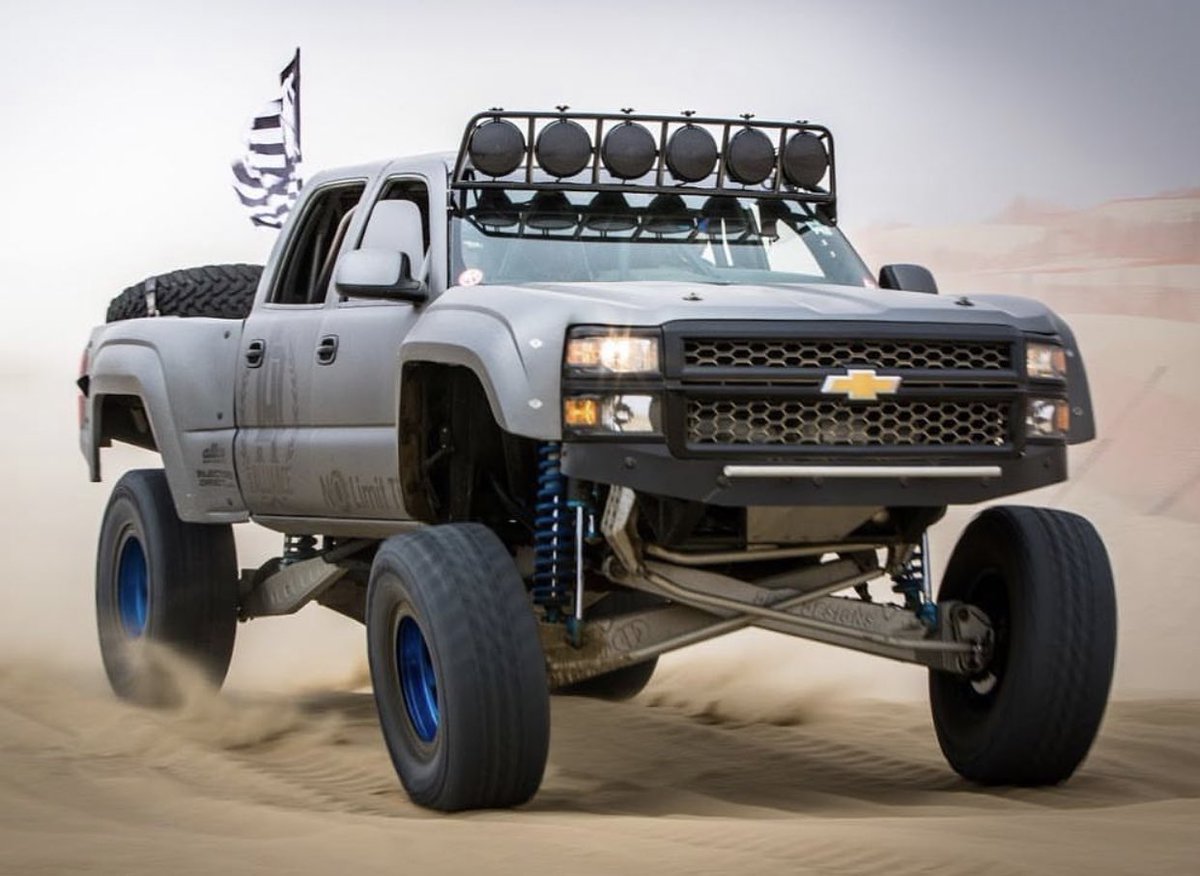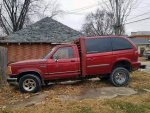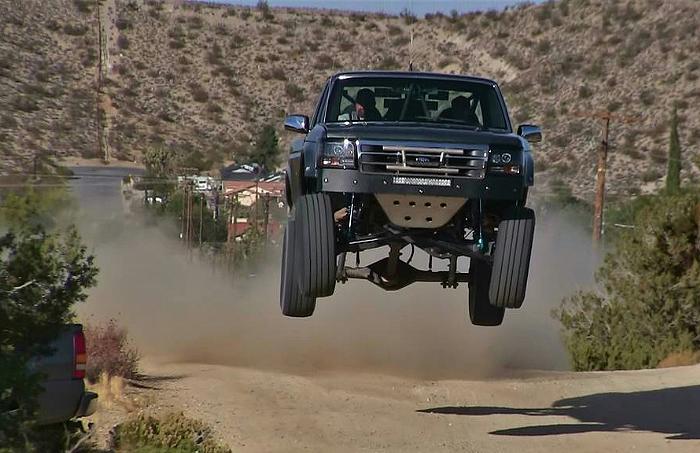Laughs in I-Beam
My beef with independent suspension isn't that the wheels can go floppy floppy independent of each other... it is that anymore they look to FWD cars for inspiration.
Things where a solid was historicaly better than a modern North American IFS:
1. Real wheel bearings. Can clean and repack repeatedly and they virtually last forever. Spares take up essentially no room if desired to carry and fit either side. Today there is a big push going to the style of wheel bearings that requires the knuckle to be removed from the car and the old bearing pressed out/new one pressed in. For a roadside/trailside repair I would rather have the one that doesn't require a shop press.
2. The ones that are not totally car based with a McPherson strut... they like to make the upper balljoint part of the upper control arm. So when you change balljoints you have to buy a whole control arm and then have it realigned because you lost your alignment. Kinda irritating.
3. U-joints vibe a little more if you turn sharp but are easier to DIY repair short of throwing a whole new/remain halfshaft in it. Again, much easier/cheaper trailside fix and not at the mercy of huge rubber boots for longevity.
BUT solid front axles are working in the same direction with unit wheel bearings (like $200+ a side) and requiring expensive suspension rebuilds (wheel bearings, balljoints, TRE's, trackbar...) around every 100k+/- so there is that. As they say, "there is no such thing as a free lunch"
My truck has kind of a weird hybrid that rides better than a solid front axle but is as serviceable as an older solid front axle.
The "keep it greased" line is funny because you can't do anything to sealed unit wheel bearings but yell at them or throw them and from the factory all the balljoints and whatever have been "sealed for life" for at least the last 40 years, probably longer.
Anymore if you are shopping new I don't know if there is really a "right" answer unless you want the better articulation of a solid front axle.






